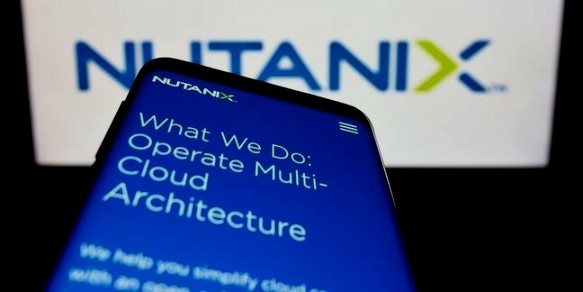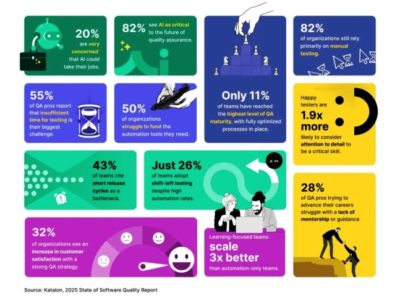
Helen Kruger, CEO, Troye
Nutanix has become a frontrunner for enterprises seeking to navigate the turbulent waters of IT disruption as well as for those seeking to future-proof their infrastructure investments. This is according to Troye CEO Helen Kruger.
RELATED: Innovation in the age of disruption: Navigating change and embracing new opportunities
She says recent shifts in licensing models and vendor strategies have led to crucial questions for companies globally. As a result, many businesses are turning to Nutanix as an alternative, enticed by its promise of convergence, scalability, cost-effectiveness, and steadfast dedication to customer satisfaction.
“The recent upheavals caused by acquisitions of leading vendors across the industry has sent shockwaves through the IT community, leaving many businesses reeling from uncertainty about the future of their virtualisation infrastructure,” she explains.
As businesses grapple with the potential consequences of these unexpected events, one name has emerged as a beacon of stability and innovation: Nutanix. Whether you’re diversifying to de-risk or migrating from an existing platform, Nutanix gives you the power of simplicity with one platform to run your apps and manage data anywhere.
Although legacy solutions have long reigned supreme as the go-to solution for optimising IT infrastructure, Nutanix represents a compelling alternative for businesses seeking simplicity, scalability, cost-effectiveness, and innovation.
Recent developments in the virtualisation space have sparked conversations about alternatives, with Nutanix emerging as one of the top contenders. As business leaders evaluate their options, it’s crucial to explore how Nutanix stacks up against other vendors and why it might be the right choice for modern enterprises.
Nutanix offers a hyper-converged infrastructure (HCI) platform, consolidating compute, storage, and networking into a single, integrated solution. This approach simplifies deployment and management compared to more traditional architecture, which often involves multiple discrete components and complex configurations.
It is designed to scale seamlessly, allowing businesses to start small and expand incrementally as their needs evolve. Its modular architecture enables rapid scaling without the need for extensive redesigns or migrations. Other solutions may require more intricate planning and potentially disruptive upgrades to accommodate growth.
Kruger says cost is a significant factor in IT decision-making, and Nutanix aims to deliver value without sacrificing performance or features. “By eliminating the need for separate storage arrays and streamlining management overheads, Nutanix can offer cost savings compared to other licensing and maintenance models.”
As businesses embrace hybrid and multi-cloud strategies, Nutanix offers robust support for workload mobility and orchestration across disparate environments. Its cloud-native architecture facilitates seamless integration with public cloud providers, empowering businesses to leverage the benefits of hybrid cloud without vendor lock-in.
“Nutanix prioritises security and compliance, incorporating features such as data encryption, role-based access control, and comprehensive auditing capabilities. These built-in security measures help businesses mitigate risks and meet regulatory requirements without resorting to third-party solutions or cumbersome configurations,” she explains.
With the increasing emphasis on automation and self-service provisioning, Nutanix provides tools and APIs that enable IT teams to automate routine tasks and empower users with self-service capabilities. This approach fosters agility and efficiency whilst reducing reliance on manual intervention, a key advantage in today‘s fast-paced business environment.
“It is essential to invest in solutions that can adapt and evolve alongside changing business requirements. Nutanix’s commitment to innovation, coupled with its flexible and scalable architecture, positions it as a future-proof choice for businesses looking to future-proof their IT investments,” she concludes.































